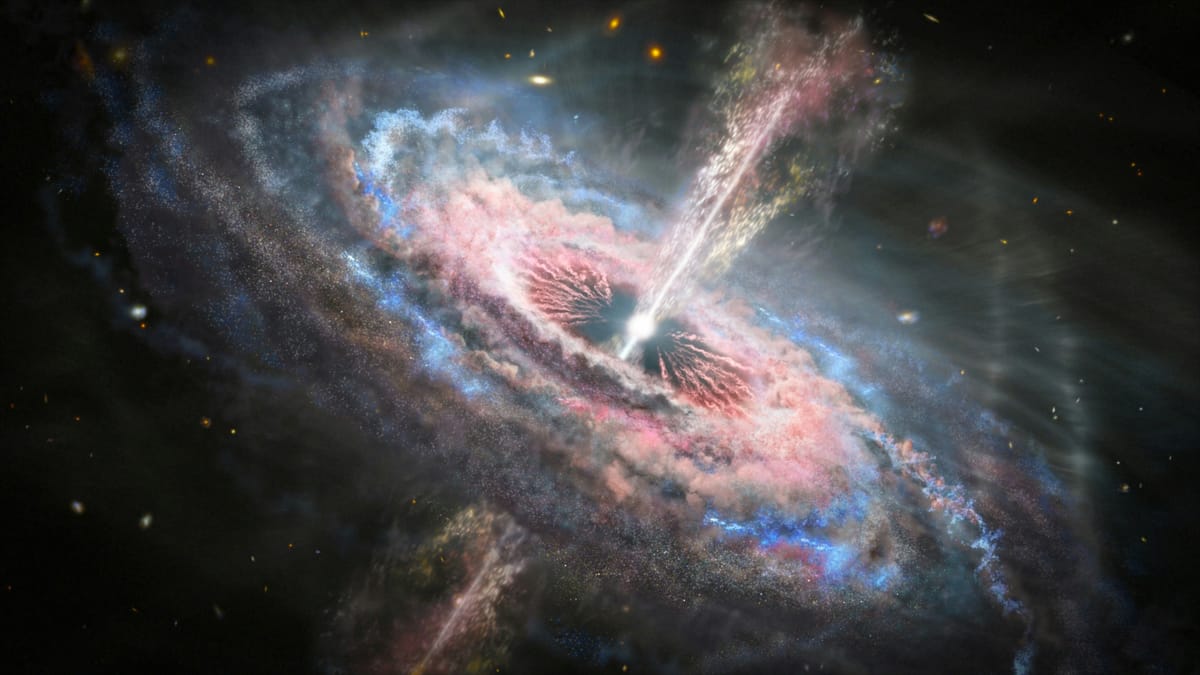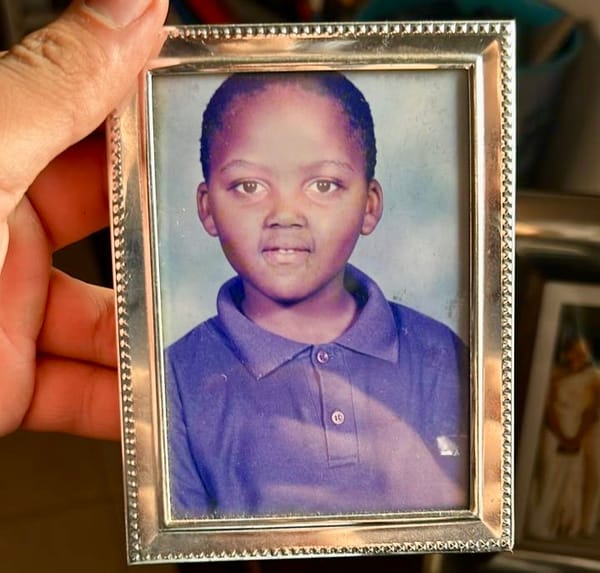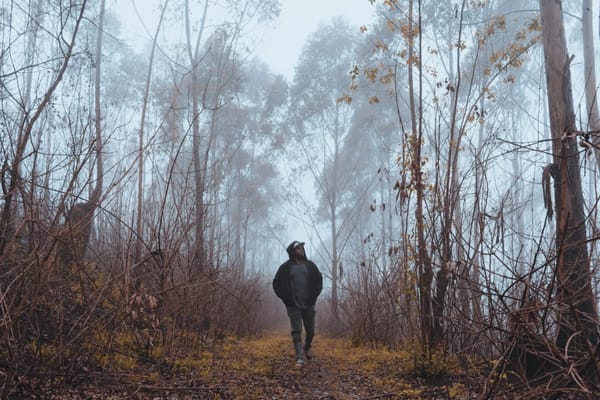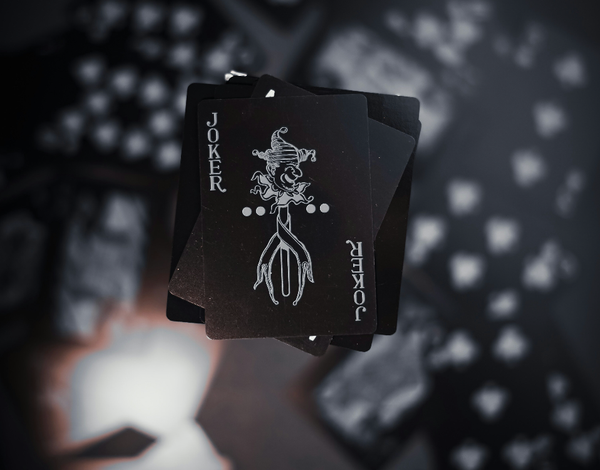The Event Horizon.

Phobia (noun) — “an extreme or irrational fear or aversion to something” (Oxford English Dictionary, 2025).
It is the body’s rebellion against surrender — the mind’s white-knuckled attempt to survive what has already been survived.
Phobia is not cowardice; it is memory with muscle.
It is the body saying, “Never again,” even when the danger is long gone.
But fear…
Fear is different.
Fear is the raw, electric signal that reminds us we’re still alive.
Biologically, it’s a neurological flare: the amygdala lighting up like a warning beacon, adrenaline flooding the bloodstream — the ancient circuitry of survival roaring awake (LeDoux, 2015).
Philosophically, though, fear is a paradox.
It protects us, yes, but it also imprisons us.
It’s both the cage and the guard.
Fear is the brain’s loyalty to the past.
It doesn’t see who you’ve become — it only remembers who you were when you first got hurt.
It’s not evil.
It’s not even wrong.
It’s just outdated software trying to run your present life on trauma’s old operating system.
Will Smith once said in After Earth (2013): “Danger is very real. But fear is a choice.”
And maybe he’s right.
Danger is what happens outside of you — a real, measurable, external threat.
Fear, on the other hand, happens within.
It’s an internal simulation, a rehearsal of pain before the curtain even rises.
It’s a story we tell ourselves — a prophecy we believe in so deeply that it bends reality around it.
Fear keeps you alive, but it doesn’t let you live.
Now — love.
Love (noun) — “an intense feeling of deep affection” (American Psychological Association, 2023).
That’s the sanitised version.
But love — real love — is chaos with purpose.
It’s the gravitational constant of human experience — unseen, untouchable, yet undeniably powerful (Einstein, 1916; Nolan, 2014).
Dr Amelia Brand, in Interstellar (2014), called it “the one thing we’re capable of perceiving that transcends dimensions of time and space.”
She was right.
If gravity is the law that binds planets, then love is the force that binds meaning.
Astrophysically speaking, gravity and love operate under the same principle: they pull us toward something larger than ourselves (Einstein, 1916).
Both are unseen, both distort the space around them, and both can destroy or deliver you — depending on your proximity and surrender.
To fall in love is to fall toward a singularity — the event horizon of intimacy — where the old self is stretched, reshaped, sometimes obliterated.
And yet we call it beautiful.
"Hello, old friend, thy name is Fear, welcome back."
For those who’ve known danger too intimately, love feels like a trap disguised as freedom.
The same body that once trembled in fear of violence now trembles in fear of tenderness.
It doesn’t matter that the threat is gone; the nervous system still twitches like it’s 1999 — still waiting for the blow, still braced for betrayal.
But here’s the thing — and it’s the cruel, magnificent truth:
To climb is control.
It’s faith in yourself — your hands, your strength, your judgment.
It’s grounded, methodical, safe.
But to jump — to fall — is lunacy.
It’s faith in something you can’t see, touch, smell, or hear.
It’s saying, “I trust the wind to hold me.”
Maybe that’s what love and fear have in common — both demand faith.
Fear demands faith in what could go wrong.
Love demands faith in what might go right.
And maybe, just maybe, they’re both real — because they’re both felt.
If something can shake your body, hijack your thoughts, dictate your choices — isn’t that real enough?
Maybe real doesn’t mean tangible.
Maybe real means transformative.
The best experiences of our lives live on the other side of fear.
Ask any skydiver — the fall feels like death until it feels like flight.
Ask anyone who’s ever loved deeply — the surrender feels like madness until it feels like home.
Phobia tells you not to jump.
Fear tells you to wait.
Love whispers, “Go anyway.”
So... here you stand — at the edge, lungs tight, hands trembling, every cell in your body screaming for control.
But control is a lie, and safety is a story.
Look down.
Look up.
Look within.
The only question left is —
Would you jump?
I’ve jumped.
I’ve fallen.
I’ve hit the ground and been broken.
I got up.
I climbed again.
I jumped again.
Hit the ground.
Over and over...
If I’m not mistaken, the definition of stupidity is doing the same thing again and again, hoping for a different result.
But scientifically, we say: “It only has to work once” (LeDoux, 2015).
So maybe “love” and “fear” are two sides of the same coin.
And “heads or tails” is a battle of attrition.
Does the fear or the love dry out first?
References:
American Psychological Association. (2023). APA Dictionary of Psychology: Love. Washington, DC: APA Publishing.
Einstein, A. (1916). The Foundation of the General Theory of Relativity. Annalen der Physik, 49(7), 769–822.
LeDoux, J. (2015). Anxious: Using the Brain to Understand and Treat Fear and Anxiety. New York: Viking.
Nolan, C. (Director). (2014). Interstellar [Film]. Paramount Pictures & Warner Bros.
Oxford English Dictionary. (2025). Phobia. Oxford: Oxford University Press.
Smith, W. (2013). After Earth [Film]. Columbia Pictures.




